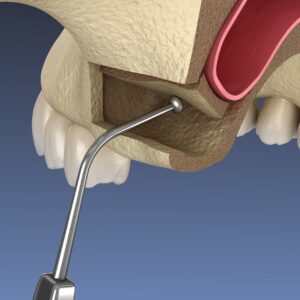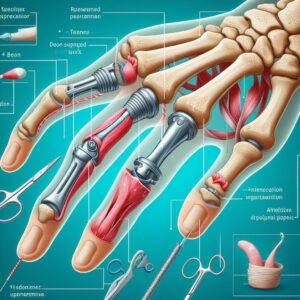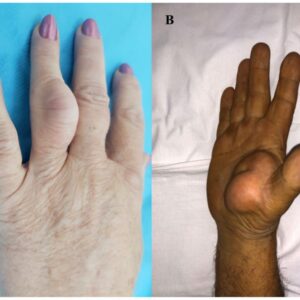Description
Familiarity with Treatment
Doppler-guided hemorrhoidal artery ligation (HAL) is a surgical procedure used to treat hemorrhoids. It involves the ligation (tying off) of the distal branches of the superior rectal artery, which reduces blood flow to the hemorrhoidal plexus and promotes fibrosis. The procedure aims to alleviate the symptoms associated with hemorrhoids and improve the patient’s quality of life.
Procedure
During Doppler-guided HAL, a specially designed proctoscope is used along with a Doppler probe to locate the terminal branches of the hemorrhoidal arteries. These branches are then sutured or ligated to reduce blood flow to the hemorrhoids. The procedure is typically performed under local anesthesia and can be done on an outpatient basis.
Who is it Suitable For?
Doppler-guided HAL is suitable for individuals with second- and third-degree hemorrhoids. It is often recommended for individuals who have not responded to conservative treatments or who wish to avoid more invasive surgical procedures. The procedure can be particularly beneficial for individuals who experience bleeding, prolapse, or discomfort associated with their hemorrhoids.
Who is it Not Suitable For?
Doppler-guided HAL may not be suitable for individuals with certain medical conditions or contraindications to surgery. The decision to undergo Doppler-guided HAL is made on a case-by-case basis, considering the individual’s specific condition and overall health. It is important to consult with a healthcare provider or surgeon to determine the suitability of the procedure.
Advantages
The advantages of Doppler-guided HAL include:
- Minimally invasive procedure with reduced postoperative pain compared to traditional hemorrhoidectomy.
- Shorter hospital stay and faster recovery time.
- Effective treatment for second- and third-degree hemorrhoids.
- Lower risk of postoperative complications compared to some other surgical procedures.
Complications
Complications of Doppler-guided HAL can include pain, bleeding, infection, urinary retention, and recurrence of hemorrhoids. However, it is important to note that the risk of complications is generally low, and the procedure has been found to be safe and effective in many cases.
Preoperative Care
Preoperative care for Doppler-guided HAL involves a comprehensive evaluation by a healthcare provider to determine the need for surgery and the most appropriate approach. This may include medical risk reduction, diagnostic tests, and discussions about the procedure, potential risks, and expected outcomes.
Postoperative Care
Postoperative care for Doppler-guided HAL includes pain management, wound care, and monitoring for any signs of complications. Recovery time can vary, but most individuals can expect to return to normal activities within a few days. It is important to follow the healthcare provider’s instructions regarding diet, activity level, and any necessary follow-up appointments.






Reviews
There are no reviews yet.